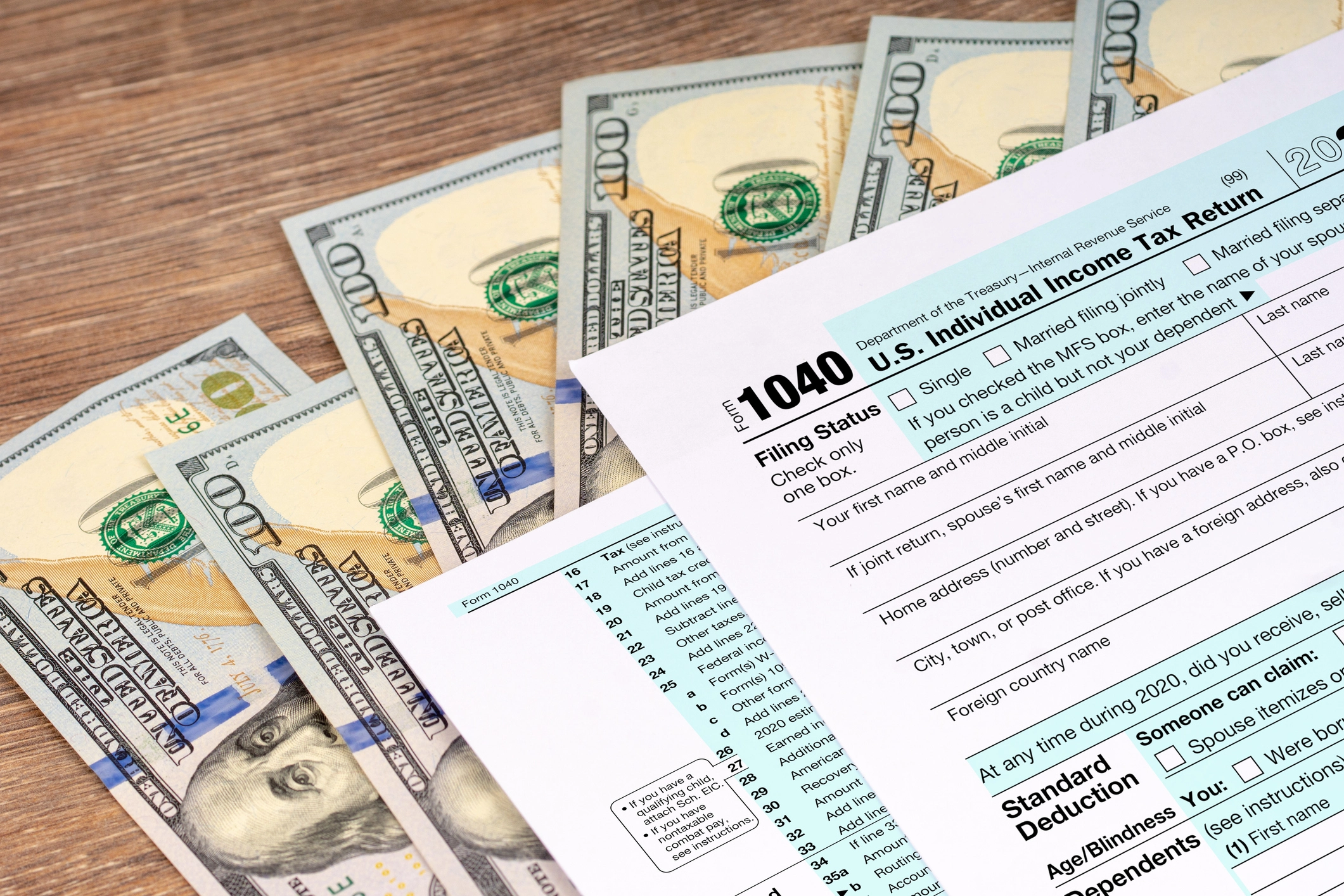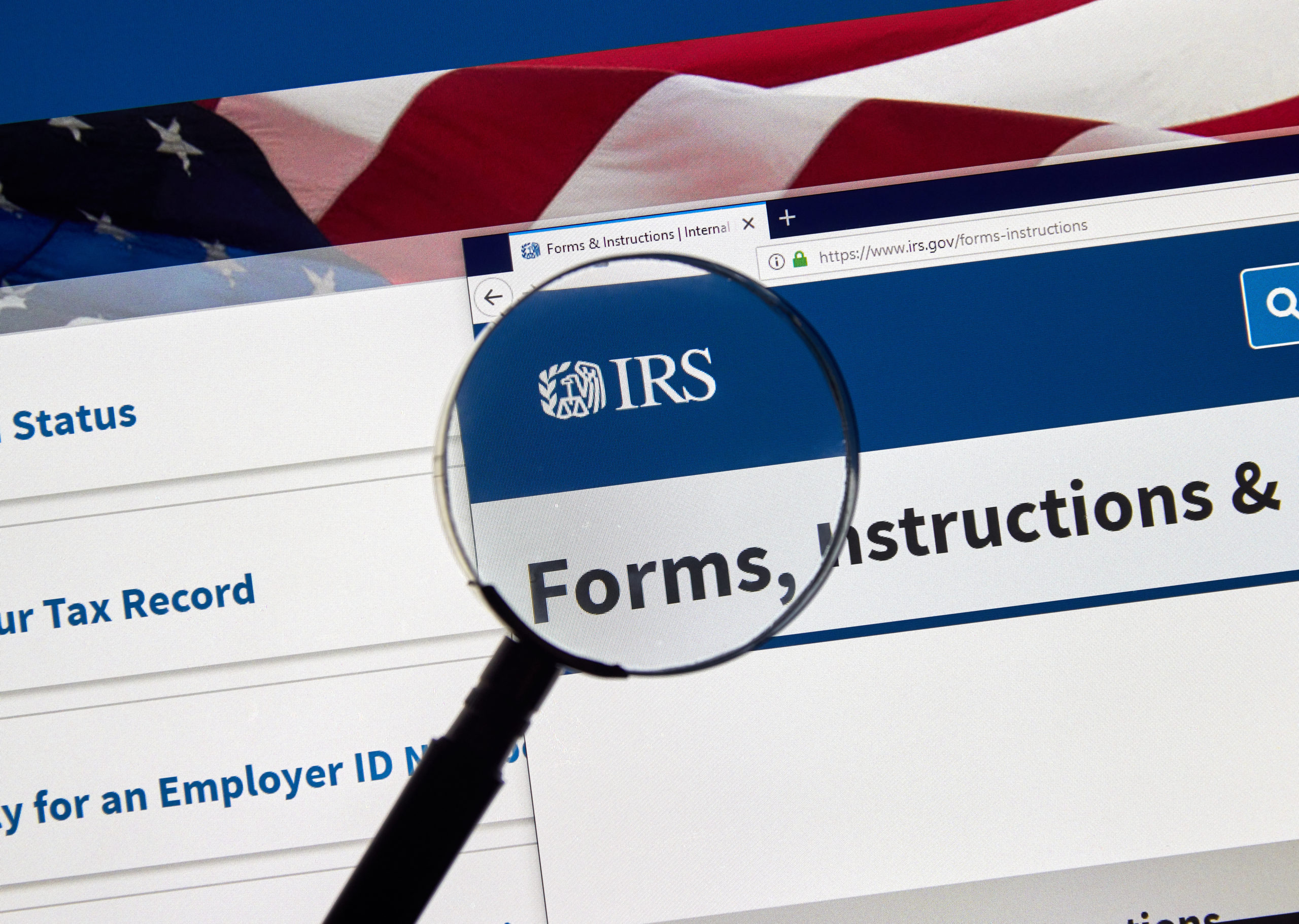
With thousands of blogs, podcasts, and books dedicated to the art of saving money, the advice and tips associated within these can be confusing, contradictory, or simply unattainable. However, saving money does not have to be a burden nor a mentally-taxing process. Winn Financial provides personalized, tailored advice to you and yours’ within your financial journey, and we have listed a few, simple tips to help lower your debt, gain hold of your finances, and provide first steps towards your financial success.
Know Your Situation.
Debt and finances can be anxiety-inducing and oftentimes, people will simply check their accounts once a month without a thorough review of their spending. In order to know where to begin your money-saving tips, you must review your current financial standing.
A simple way to create this benchmark is to take your last 2-3 months of financial statements and begin to divide your expenditures into sections. While pulling your debit card, credit card, or savings account statements, section your expenditures into major categories, such as food, travel, rent or mortgages, discretionary spending, and child expenses.
These statements will give you a baseline and idea of where your money is going relative to how much income you are bringing in each month.
The Snowball Method:
The average American boasts $90,460 in debt, which is comprised of several different sources, ranging from mortgages, student loans, and credit card debt. Millennials and Gen X hold the most debt, with 40–55-year-olds holding an average debt of $135,841. Where does a person begin to tackle this amount? Luckily, this is not insurmountable nor a lifelong burden.
Begin with the Snowball Method. The best strategy to reduce your debt is to eliminate your smallest debts at the beginning. Many individuals will hold 2-3 credit cards with balances on each; these are the first item to pay off with the snowball method. If Credit Card A holds a balance of $236.48, while Credit Card B has a balance of $4,563.32, focus your extra payments on paying off Credit Card A before moving on to your larger balance.
This strategy is targeted to gain momentum, motivation, while also reducing your monthly minimum payments, rolling over the original payment on Credit Card A to the payment on Credit Card B.
Reduce your food costs.
Your monthly food costs, on average, should range from $150-$300 per person. However, this figure is notorious for skyrocketing with take-out meals, ordering food from the office, or simply shopping on an empty stomach. While it may seem simple to order a $4-$5 coffee or meal from your local deli, these figures add up. For example, a $5 coffee and pastry each workday from your local coffee shop can cost $1,305 per year. Add this onto your normal food costs, and this can amount to nearly $3,000, excluding any discretionary dinners or take-out.
Tips Without Restriction.
While these are two main strategies to begin to take hold of your financial situation, there are various other pieces of advice to help cut costs, where you might not plan for:
- Find alternatives to cable.
- Take a 24-hour rule before purchasing something.
- Reduce your cell phone bill.
- Skip days where you ‘spend’ money.
- Embrace your free community events and resources.
- Live below 10% of your means.
- Use cash to buy items.
- Place cash in weekly ‘spending envelopes.’
Saving money does not have to a restrictive lifestyle, however, it is a vital part of financial health. Speak with a Winn Financial expert today to help craft a baseline of your finances, create a personalized, tailored budget, and receive personal support with your own financial journey.







